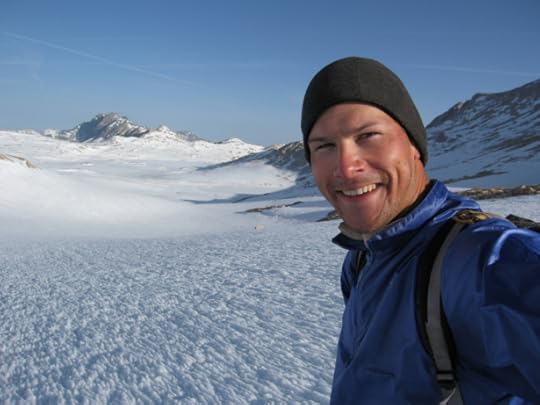Tutorial: Backpacking in early-season conditions || Recommended gear, supplies & skills


From Muir Pass on May 18, 2007, after a “dry” winter. Travel was excellent in the morning, when the snowpack had a solid crust. But by early-afternoon I would badly posthole; this was a better time to rest or hike at lower elevations, which were snow-free.
Recently I explained how an exceptionally snowy winter in California will affect summertime backpacking conditions throughout the Sierra Nevada, including in Yosemite, Sequoia-Kings Canyon, and Desolation Wilderness, and along the John Muir Trail, Pacific Crest Trail, Sierra High Route, and Kings Canyon High Basin Route.
For all the details, read the post. In short, expect:
Extensive lingering snowpack,
Saturated ground and flooded meadows;
Hazardous fords; and,
A delayed and prolonged mosquito season.
I think the information helped readers to set their expectations. But it actually instigated another round of questions, to the effect of:
What gear, supplies and skills do I need to safely manage these early-season conditions?
So, here we are.
Early-season tutorial
Rather than publishing one 2,500-word post that will challenge attention spans (mine included), instead I have broken it up into more digestible parts.
Introduction (you are here)
Clothing
Footwear
River fords
Flotation, traction & self-arrest
Navigation
Applicability
The impetus for this post is California’s exceptional winter, on the heels of five years of drought and one average winter. Essentially, come June and July, many backpackers — notably, thru-hikers on the Pacific Crest Trail and John Muir Trail — will confront conditions that they have never before experienced. Since recent thru-hiking classes did not experience these conditions either, sound advice may be in short supply.
But the information in this tutorial is relevant every spring and throughout the Mountain West. This year the timing is just different, and it will overlap with more of the traditional backpacking season.
Usually early-season conditions are a May/June phenomenon, and by July — when traffic in the high country really picks up — everything is back to “normal.” Thru-hikers on the PCT and CDT usually experience early-season conditions in June in the High Sierra and San Juan’s, respectively, but this year it will be more intense.

Leading a group in Rocky Mountain National Park near Haynach Lakes, at over 11,000 feet on June 16, 2016.
Snowpack updates
Since my original post on February 21, the High Sierra’s snowpack has continued to grow, nearly on pace with the record-setting winter of 1982-83. For the latest, refer to these snowpack plots.
Elsewhere in the West, it’s also been a bountiful winter, with most regions experiencing snowfall that is well above-average. For non-California states, use SNOTEL data, which is produced by the Natural Resources Conservation Service, a division of the Department of Agriculture.
The post Tutorial: Backpacking in early-season conditions || Recommended gear, supplies & skills appeared first on Andrew Skurka.




